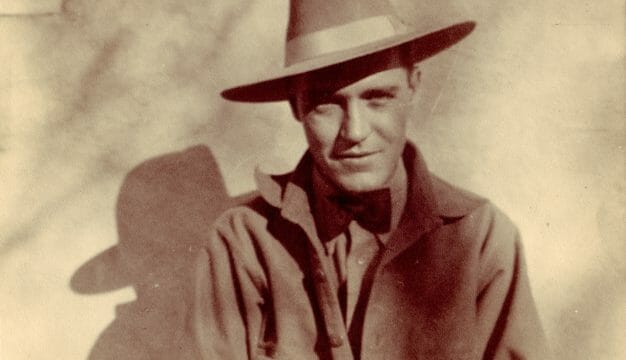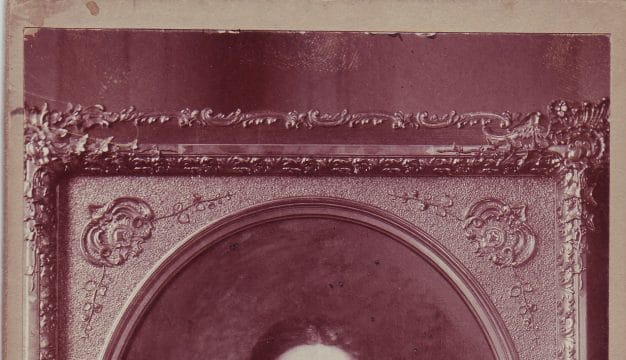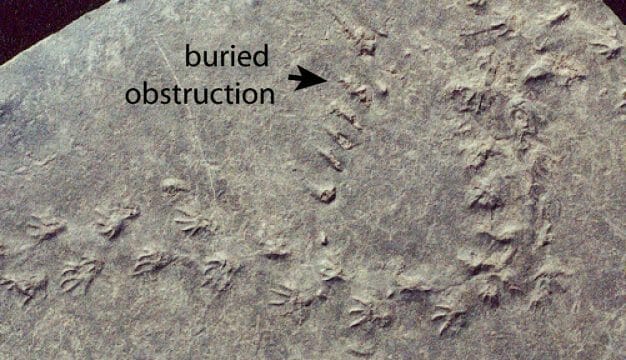Battle of Ebenezer Church
 James H. Wilson
The Battle of Ebenezer Church, which took place on April 1, 1865, was an engagement in the American Civil War (1861-1865). Near Ebenezer Church in present-day Stanton, Chilton County (Bibb County at the time), Confederate cavalry forces under the command of Maj. Gen. Nathan Bedford Forrest attempted to halt the U.S. Army’s Maj. Gen. James H. Wilson in his efforts to seize and destroy the Selma Ordnance and Naval Foundry located in nearby Selma, Dallas County. After a brief engagement, U.S. Army cavalry broke Forrest’s lines, forcing the Confederates to retreat to their prepared defenses surrounding Selma. The following day, federal forces routed Selma’s Confederate defenders and destroyed the industrial and manufacturing facilities.
James H. Wilson
The Battle of Ebenezer Church, which took place on April 1, 1865, was an engagement in the American Civil War (1861-1865). Near Ebenezer Church in present-day Stanton, Chilton County (Bibb County at the time), Confederate cavalry forces under the command of Maj. Gen. Nathan Bedford Forrest attempted to halt the U.S. Army’s Maj. Gen. James H. Wilson in his efforts to seize and destroy the Selma Ordnance and Naval Foundry located in nearby Selma, Dallas County. After a brief engagement, U.S. Army cavalry broke Forrest’s lines, forcing the Confederates to retreat to their prepared defenses surrounding Selma. The following day, federal forces routed Selma’s Confederate defenders and destroyed the industrial and manufacturing facilities.
In March 1865, the Confederacy teetered on the brink of defeat, yet much of central Alabama remained untouched by the war. U.S. War Department leaders ordered Wilson to head approximately 13,480 cavalry troops in the Cavalry Corps, Military Division of the Mississippi, on a raid through central Alabama to destroy the facilities in Selma, one of the Confederacy’s few remaining industrial and manufacturing centers. The raid began on March 22, and by the end of the month Wilson’s command had destroyed iron furnaces and related facilities as well as large amounts of property along a route that largely coincides with modern-day Interstate 65. Forrest’s 5,000-member cavalry was the sole remaining Confederate force in central Alabama, but his undersupplied command was unable to put up much resistance during minor skirmishes near Elyton (Jefferson County), Montevallo (Shelby County), Randolph (Bibb County), and Maplesville (Chilton County) that immediately preceded Ebenezer Church because it was scattered geographically and outnumbered.
 Nathan Bedford Forrest
By the afternoon of April 1, Forrest had positioned an approximate force of 4,000 defenders, about half of which were veteran soldiers, east-to-west along the intersection of two small country roads near Ebenezer Church. The line crossed the site of present-day State Highway 22 and an adjacent Alabama and Tennessee Railroad line. With several pieces of artillery and a barricade of fence rails, Forrest hoped that he could delay the federal advance toward Selma long enough to allow reinforcements under the command of Brig. Gen. William H. Jackson to strike Wilson’s rear. However, federal soldiers had captured a Confederate courier with dispatches detailing Confederate plans, prompting Wilson to move his 9,000 cavalrymen briskly along the roads, converging at a faster pace than Forrest had anticipated. Wilson’s quick advance prevented Jackson from reinforcing Forrest and provided U.S. Army cavalry with vastly superior numbers as the battle began. After a federal probing action was repelled, the regiments renewed the attack and broke through Confederate lines after a quick but heated frontal assault. Federal troops then repulsed a counter-assault led by Forrest that included a period of hand-to-hand fighting during which Forrest was chased and wounded by a saber-wielding federal officer on horseback. According to Forrest, the young officer would have killed Forrest had he used the point of his saber and not the edge. Forrest, however, killed the officer with his revolver, marking the last of the 33 men he killed during the war. In less than an hour, the federal troops had forced the Confederates to make an orderly retreat to their prepared defensive positions outside of Selma. Forrest’s tattered and retreating forces reported no casualties during the fighting, but the army was in no position at that time to provide accurate casualty reports. Wilson reported taking 300 prisoners and three artillery pieces while suffering 12 killed and 40 wounded during the fighting. The following day, Wilson broke through Confederate defenses at Selma and captured and destroyed one of the Confederacy’s last remaining industrial and manufacturing centers.
Nathan Bedford Forrest
By the afternoon of April 1, Forrest had positioned an approximate force of 4,000 defenders, about half of which were veteran soldiers, east-to-west along the intersection of two small country roads near Ebenezer Church. The line crossed the site of present-day State Highway 22 and an adjacent Alabama and Tennessee Railroad line. With several pieces of artillery and a barricade of fence rails, Forrest hoped that he could delay the federal advance toward Selma long enough to allow reinforcements under the command of Brig. Gen. William H. Jackson to strike Wilson’s rear. However, federal soldiers had captured a Confederate courier with dispatches detailing Confederate plans, prompting Wilson to move his 9,000 cavalrymen briskly along the roads, converging at a faster pace than Forrest had anticipated. Wilson’s quick advance prevented Jackson from reinforcing Forrest and provided U.S. Army cavalry with vastly superior numbers as the battle began. After a federal probing action was repelled, the regiments renewed the attack and broke through Confederate lines after a quick but heated frontal assault. Federal troops then repulsed a counter-assault led by Forrest that included a period of hand-to-hand fighting during which Forrest was chased and wounded by a saber-wielding federal officer on horseback. According to Forrest, the young officer would have killed Forrest had he used the point of his saber and not the edge. Forrest, however, killed the officer with his revolver, marking the last of the 33 men he killed during the war. In less than an hour, the federal troops had forced the Confederates to make an orderly retreat to their prepared defensive positions outside of Selma. Forrest’s tattered and retreating forces reported no casualties during the fighting, but the army was in no position at that time to provide accurate casualty reports. Wilson reported taking 300 prisoners and three artillery pieces while suffering 12 killed and 40 wounded during the fighting. The following day, Wilson broke through Confederate defenses at Selma and captured and destroyed one of the Confederacy’s last remaining industrial and manufacturing centers.
The Battle of Ebenezer Church was a brief encounter fought between a disintegrating Confederate cavalry held under Forrest’s leadership and a well-supplied federal force that had just triumphantly swept across Alabama virtually unopposed. A small cemetery at Ebenezer Church contains the graves of the battle’s U.S. Army dead as well as a historical marker erected by the Alabama Historical Commission to commemorate this event. The cemetery also contains a monument to the Confederate dead erected by the Alabama Division of the United Daughters of the Confederacy in 1977.
Further Reading
- Jones, James Pickett. Yankee Blitzkrieg: Wilson’s Raid through Alabama and Georgia. Athens: University of Georgia Press, 1976.
- Keenan, Jerry. Wilson’s Cavalry Corps: Union Campaigns in the Western Theatre, October 1864 through Spring 1865. Jefferson, N.C.: McFarland, 1998.



